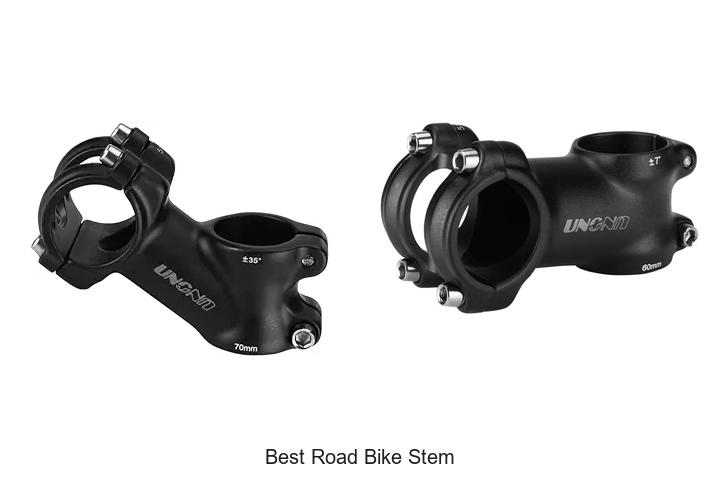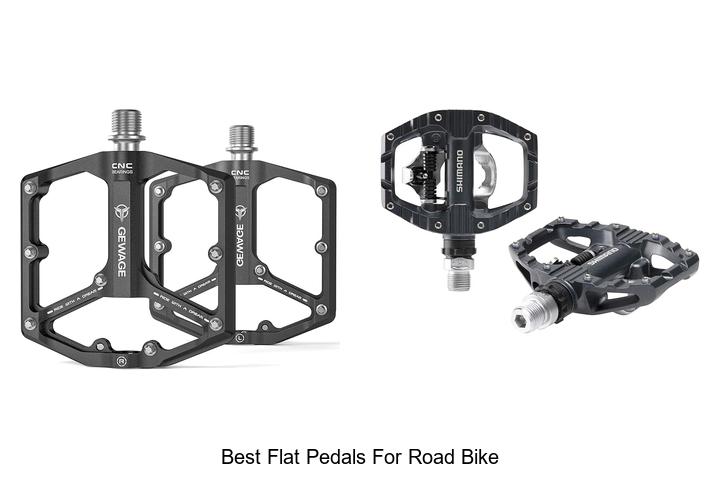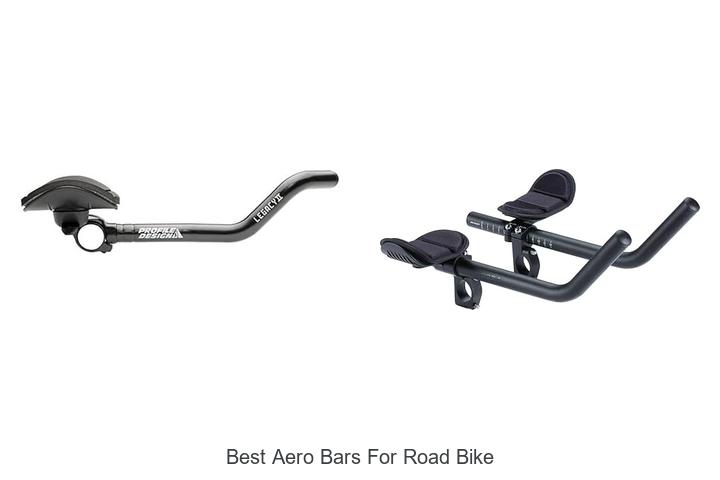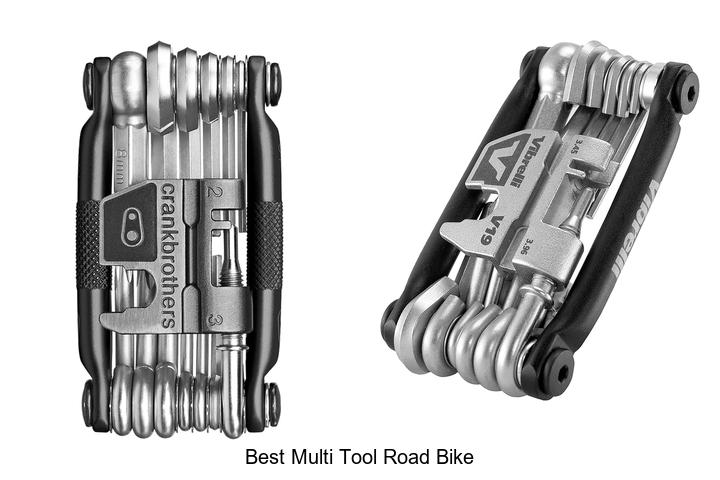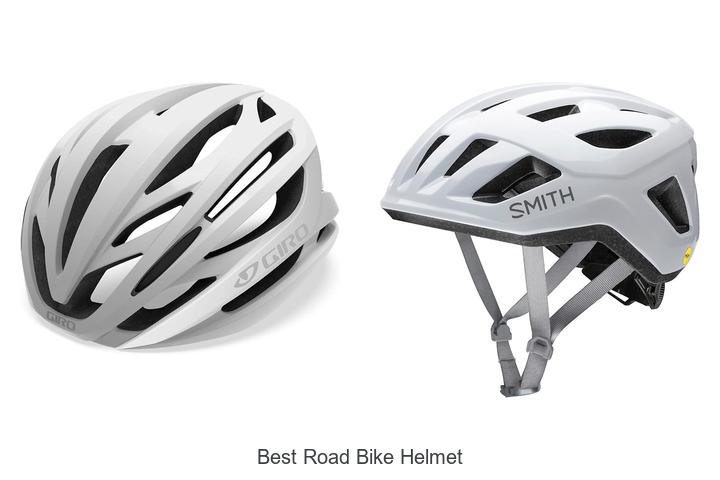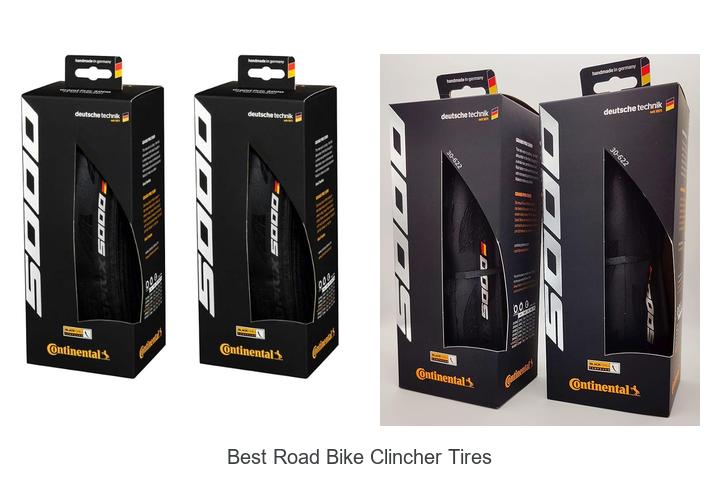What Is That Pointy Thing on a Road Bike Head Tube?
If you’ve ever glanced at a road bike and noticed a small pointy thing sticking out of the head tube, you might be wondering what it is and why it’s there. That little feature often goes unnoticed but plays an important role in your bike’s performance and maintenance. Understanding what this part does can help you appreciate your bike’s design and keep it running smoothly.
This pointy element isn’t just a random detail—it’s designed with purpose. Whether you’re a casual rider or a cycling enthusiast, knowing about this component can improve your overall riding experience. Let’s dive into what that pointy thing on your road bike’s head tube really is and why it matters.
Understanding the Pointy Thing on the Head Tube of a Road Bike
You may notice a small, pointy component sticking out from your road bike’s head tube. Knowing what it is helps you better understand your bike’s structure and maintenance needs.
Identifying the Component
The pointy thing is typically the protruding end of the headset spacer or a compression plug. These parts fit inside the head tube, above the fork steerer, and help secure the headset. The spacer adjusts the handlebar height, while the compression plug stabilizes carbon steerer tubes, preventing damage and ensuring tightness. Sometimes, it appears pointy due to protective caps or bolt heads.
Common Names and Terminology
Cyclists often call this component the “headset spacer,” “compression plug,” or “star nut.” The headset spacer refers to cylindrical rings that stack to set handlebar height. The star nut is a metal piece driven into steel or aluminum steerer tubes to hold preload bolts. In carbon steerer tubes, the compression plug replaces the star nut for similar mounting functions. Recognizing these terms improves communication with bike mechanics and when researching maintenance tips.
Purpose and Function
The pointy thing on the head tube plays several key roles in your road bike’s performance. It combines aerodynamics, structural support, and accessory integration to optimize your ride.
Aerodynamics and Design
The headset spacer or compression plug streamlines airflow around the head tube. You reduce drag by minimizing turbulence caused by exposed components. Manufacturers design these parts with smooth contours and lightweight materials like carbon fiber or aluminum. You get improved speed without sacrificing strength or adding unnecessary weight.
Structural Support
This component stabilizes the carbon steerer tube inside the head tube. It prevents compression and damage by distributing pressure evenly when you tighten the stem bolt. You also maintain headset integrity, which ensures precise steering and handling. Without this support, you risk loosening bearings and compromised bike control.
Cable Routing and Accessories
In some designs, the protruding part guides brake or shift cables neatly along the frame. You prevent snagging and wear by keeping cables secure and aligned. Additionally, it serves as an anchor point for accessories like cycling computers or lights. Proper cable management and accessory mounting enhance safety and convenience during your rides.
Variations Across Different Road Bikes
Different road bikes feature distinct versions of the pointed part on the head tube depending on their design and price range. Understanding these variations helps you identify its specific role and compatibility with your bike.
High-End vs. Entry-Level Models
High-end road bikes use lightweight carbon fiber spacers or compression plugs designed for maximum aerodynamics and minimal weight. These components often have sleek, integrated shapes that blend seamlessly with the frame, enhancing airflow. Entry-level models typically feature aluminum or steel versions of the pointed part, focusing on durability and cost-effectiveness rather than aerodynamic optimization. You find more pronounced or bulkier protrusions on these models due to less refined manufacturing processes.
Brand-Specific Designs
Brands like Specialized, Trek, and Cannondale customize the pointed part on their head tubes to match proprietary headset standards and frame geometry. Specialized uses tapered, aerodynamic spacers with internal cable routing options, while Trek emphasizes modular compression plugs that simplify maintenance. Cannondale often integrates this part with carbon steerer tube reinforcement to improve stiffness and steering precision. Recognizing these brand-specific designs helps you choose compatible replacements and maintain optimal performance.
How It Affects Bike Performance
The pointed part on your road bike’s head tube plays a critical role in how your bike handles, stabilizes, and requires care. Understanding these effects helps you get the most from your ride.
Impact on Handling and Stability
The headset spacer or compression plug directly improves handling by stabilizing the steerer tube. It distributes pressure evenly when you tighten the stem bolt, which maintains precise steering and prevents wobbling. This stability boosts cornering control and responsiveness, especially at high speeds. The component’s design minimizes flex in carbon steerer tubes, lowering the risk of frame damage caused by uneven stress during aggressive riding.
Maintenance Considerations
Regular inspection of this component ensures continued performance and safety. Look for signs of wear, shifts in position, or protrusion changes, since a loose or damaged spacer affects steering accuracy and can cause premature carbon tube wear. Tighten bolts to manufacturer torque specifications to avoid overcompression or slippage. When upgrading or replacing parts, confirm spacer compatibility with your bike’s head tube diameter and steerer tube material to maintain optimal performance and avoid damage.
Conclusion
That small pointy piece on your road bike’s head tube plays a bigger role than you might think. It’s key to keeping your steering smooth and your ride safe. Paying attention to its condition and compatibility can save you from costly repairs and improve your overall cycling experience.
By understanding its function, you’re better equipped to communicate with mechanics and make informed upgrades. Keeping this component well-maintained ensures your bike performs at its best every time you hit the road.
Frequently Asked Questions
What is the protruding part on a road bike’s head tube?
The protruding part is usually the end of a headset spacer or compression plug. It helps secure the headset, adjust handlebar height, and stabilize the steerer tube, ensuring smooth steering and bike performance.
Why is the headset spacer important for my bike?
Headset spacers evenly distribute pressure when tightening the stem bolt, maintain precise steering, and prevent damage to the steerer tube, especially on carbon fiber models. They also improve aerodynamics by streamlining airflow.
What is the difference between a headset spacer and a compression plug?
A headset spacer adjusts handlebar height and provides structural support, while a compression plug fits inside the steerer tube to secure the headset and prevent tube damage, particularly in carbon steerer tubes.
How do headset spacers affect bike handling?
They maintain the correct stem height and tightness, which helps with precise steering and stability. Properly installed spacers prevent wobbling and ensure smooth control at all speeds.
Can I replace headset spacers with any brand or material?
No, spacers must match your bike’s head tube diameter and steerer tube material. High-end bikes often use lightweight carbon spacers for aerodynamics, while entry-level models may require more durable aluminum or steel spacers.
How often should I maintain or replace headset spacers?
Regularly inspect spacers for wear or damage, especially after crashes. Ensure bolts are tightened to manufacturer specs. Replace spacers if they show cracks, deformation, or fail to hold the headset securely.
Do headset spacers have any role in accessory attachments?
Yes, some spacers serve as anchor points for accessories like lights or cycling computers, providing added convenience without affecting bike performance or aerodynamics.
How do headset spacers contribute to aerodynamics?
By smoothing the airflow around the head tube, lightweight spacers reduce drag. This is especially important in racing bikes where even small aerodynamic gains impact speed and performance.
